The Cameraman
9.2 /10 1 Votes9.2
100% Rotten Tomatoes Genre Comedy, Romance, Family | 8.3/10 IMDb Duration Country United States | |||||||||||||||||||||||||||||||||
 | ||||||||||||||||||||||||||||||||||
Language Silent filmEnglish intertitles Director Edward SedgwickBuster Keaton Release date September 22, 1928 (1928-09-22) Initial release September 16, 1928 (New York City) Story by Clyde Bruckman, Lew Lipton, Byron Morgan Cast (Buster), (Sally), (Stagg), (Éditor (as Sidney Bracy)), (Cop), Charles A. Lindbergh (Himself (archive footage) (uncredited))Similar movies How Foolshead Paid His Debts , Unusual Cooking , Miniature Theatre , Madagascar: Escape 2 Africa , Step Up , Paperman | ||||||||||||||||||||||||||||||||||
The cameraman chinatown war scene
The Cameraman is a 1928 American silent comedy film directed by Edward Sedgwick and an uncredited Buster Keaton. The picture stars Keaton, Marceline Day, Harold Goodwin, and others.
Contents
- The cameraman chinatown war scene
- Buster keaton dressingroom scene from the cameraman
- Plot
- Cast
- Production
- Critical reception
- Honors
- Preservation status
- References

The Cameraman was Keaton's first film with Metro-Goldwyn-Mayer. It is considered by fans and critics to be Keaton still in top form, and it was added to the National Film Registry in 2005 as being deemed "culturally, historically, or aesthetically significant."
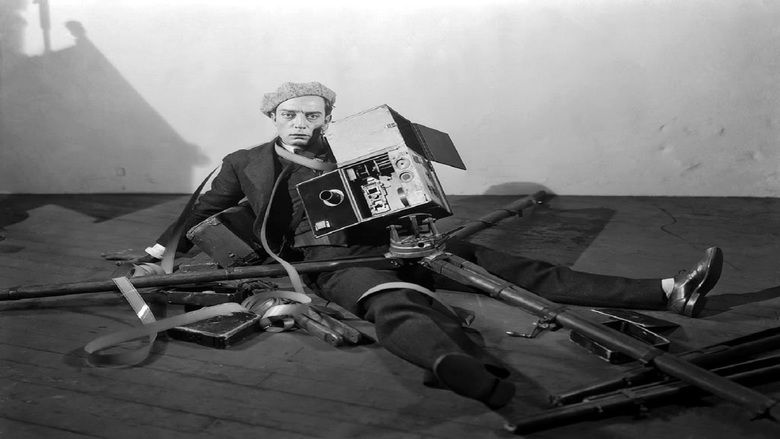
Within a little over a year, however, MGM would take away Keaton's creative control over his pictures, thereby causing drastic and long-lasting harm to his career. Keaton was later to call the move to MGM "the worst mistake of my career."

Buster keaton dressingroom scene from the cameraman
Plot

Buster (Buster Keaton), a sidewalk tintype portrait photographer in New York City, develops a crush on Sally (Marceline Day), a secretary who works for MGM Newsreels. To be near her, he purchases an old film camera, emptying his bank account, and attempts to get a job as one of MGM's filmers. Harold (Harold Goodwin), an MGM cameraman who has designs on Sally himself, mocks his ambition.
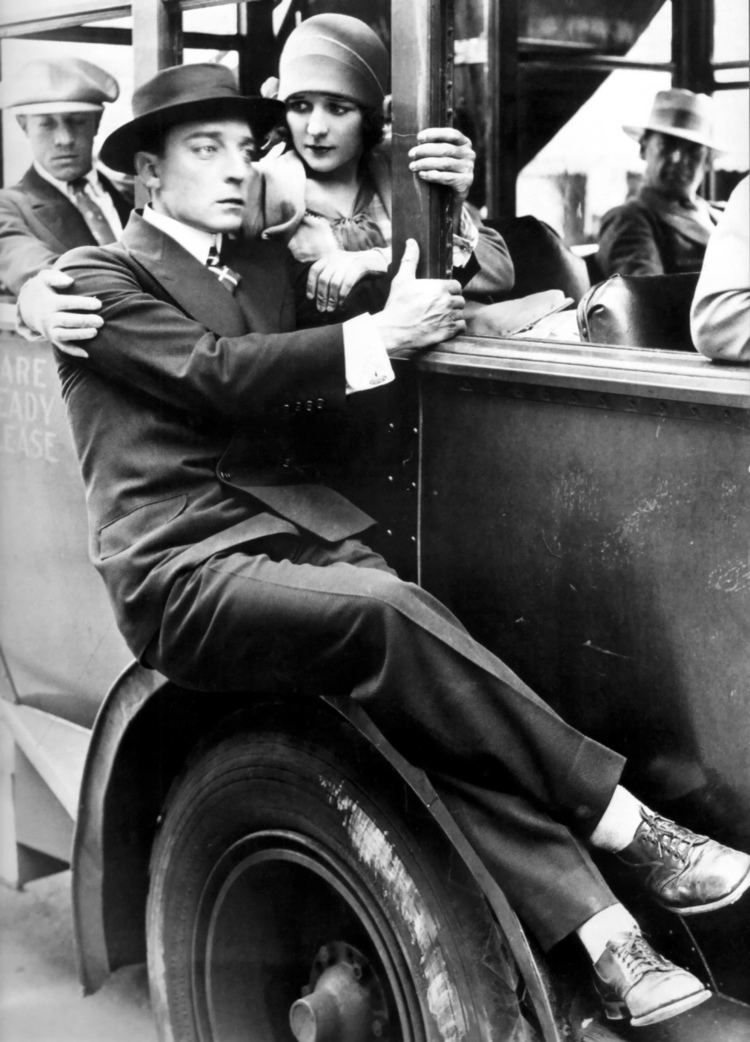
Sally, however, encourages Buster and suggests he film anything and everything. Buster's first attempts show his total lack of experience. He double exposes or over exposes much of the footage, and the rest is simply no good. Despite this setback, Sally agrees to go out with Buster, after her Sunday date cancels. They go to the city plunge (pool), where Buster gets involved in numerous mishaps. Later, Harold offers Sally a ride home; Buster has to sit in the rumble seat, where he gets drenched in the rain.
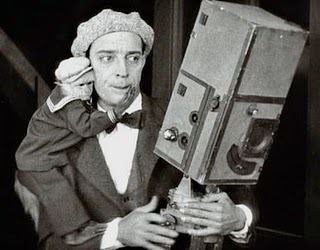
The next day, Sally gives him a hot tip she has just received that something big is going to happen in Chinatown. In his rush to get there, he accidentally runs into an organ grinder, who falls and apparently kills his monkey. A nearby cop makes Buster pay for the monkey and take its body with him. The monkey turns out only to be dazed and joins Buster on his venture.
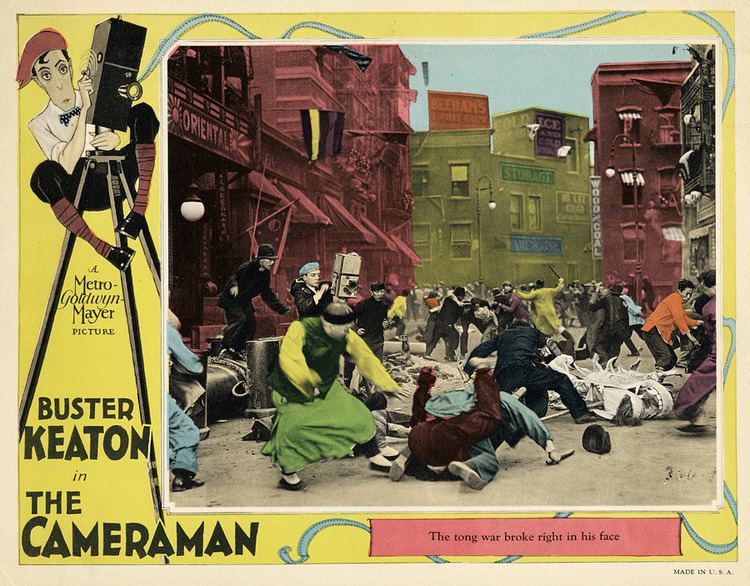
In Chinatown, Buster films the outbreak of a Tong War, narrowly escaping death on several occasions. At the end, he is rescued from Tong members by the timely arrival of the police, led by a cop (Harry Gribbon) who had been the unintentional victim of several of Buster's antics over the last few days. The cop tries to have him committed to the mental hospital, but Buster makes his escape with his camera intact.
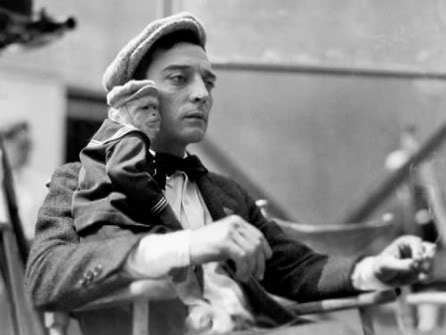
Returning to MGM, Buster and the newsreel company's boss are dismayed to find that he apparently forgot to load film into his camera. When Sally finds herself in trouble for giving Buster the tip, Buster offers to make amends by leaving MGM alone once and for all.
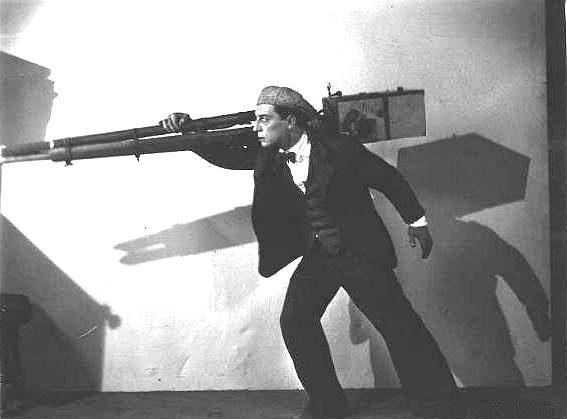
Buster returns to his old job, but does not give up on filming, setting up to record a boat race. He then discovers that he has Tong footage after all; the mischievous monkey had switched the reels. Sally and Harold are speeding along in one of the boats. When Harold makes too sharp a turn, the two are thrown into the river. Harold saves himself, but Sally is trapped by the circling boat. Buster stops filming to jump in and rescues her. The monkey gets behind the camera to film the daring rescue. When Buster rushes to a drug store to get medical supplies to revive her, Harold returns and takes credit for the rescue. The two go off, leaving the broken-hearted Buster behind.
Buster decides to send his Tong footage to MGM free of charge. The boss decides to screen it for Harold and Sally for laughs, but is thrilled by what he sees, calling it the best camerawork he has seen in years. They also see footage of Buster's boat footage and the monkey's shot of Buster's rescue of Sally. The boss sends Sally to get Buster. She tells him he is in for a great reception. Buster assumes a ticker-tape parade is in his honor, whereas it is really for Charles Lindbergh.
Cast
Production
On January 26, 1928 Keaton signed a two-year deal with the newly formed Metro-Goldwyn-Mayer film studios. The deal required 2 films per year from Keaton and paid him $3,000 a week, making him the third highest paid actor in the studio. Keaton brought most of his own crew with him from his own independent production company. Keaton immediately pitched the idea for The Cameraman to the studio, who paid him $1,250 for it. Keaton later said that the MGM deal was "the worst mistake of my life."
The film was overseen by producer Lawrence Weingarten. Weingarten and Keaton fought on set and Weingarten called Keaton a child. Keaton was accustomed to complete control over his own productions and was unaccustomed to interference from producers. However MGM's head of production Irving Thalberg loved the finished film and laughed during screenings of its rushes (a rare display of emotion from Thalberg). 22 writers were assigned to work on it, but Keaton convinced Thalberg to throw out the script and allow him to film it his own way.
The Cameraman would later serve as inspiration for part of the 1950 comedy Watch the Birdie, starring Red Skelton, with Keaton working as a gagman for MGM and serving as an advisor to Skelton.
Critical reception
The film was a box office hit, grossing $797,000, and was well-received by film critics. MGM writing department used the film to train new writers as a "perfectly constructed comedy" for decades.
Critic Mordaunt Hall, writing for the New York Times, liked the film and the work of Buster Keaton. He said, "Mr. Keaton's latest effort is The Cameraman, which is filled with guffaws and grins, the sort of thing with many original and adroitly worked-out gags. But whether they belong to the story is immaterial...There are other sections that are wild and watery, but nonetheless humorous."
David Robinson wrote that the film "betrays nothing of the struggle and strain that went into its preparation. It is a lucid, beautifully formed dramatic comedy."
Honors
In 2005, the film was selected for preservation in the United States National Film Registry by the Library of Congress as being "culturally, historically, or aesthetically significant".
Preservation status
The Cameraman was at one point considered a lost film, destroyed in 1967. However, a complete print was discovered in Paris in 1968. Another print, of much higher quality, although missing some footage, was discovered in 1991. The two prints were combined into a version which now is available.
References
The Cameraman WikipediaThe Cameraman IMDbThe Cameraman Rotten TomatoesThe Cameraman themoviedb.org
